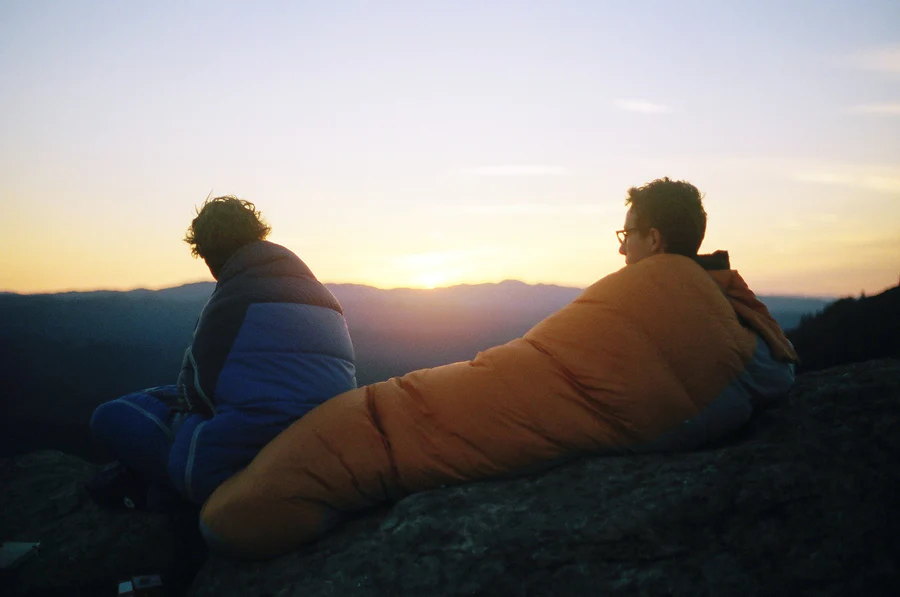
12 月 . 04, 2024 16:29 Back to list
hiking sleeping bag
The Ultimate Guide to Choosing the Right Sleeping Bag for Hiking
When embarking on a hiking adventure, choosing the right sleeping bag can significantly enhance your outdoor experience. A good sleeping bag not only ensures a comfortable night’s sleep but also plays a crucial role in regulating your body temperature and protecting you from the elements. With various options available on the market, it’s essential to understand the features and types of sleeping bags suitable for hiking.
Types of Sleeping Bags
Sleeping bags come in several types, each designed for different needs and conditions. The most common types are
1. Rectangular Sleeping Bags These bags offer ample space and comfort, resembling a traditional blanket. They are ideal for car camping but not recommended for backpacking due to their bulkiness and weight.
2. Mummy Sleeping Bags Designed to hug the body, mummy bags are tapered at the feet and wider at the shoulders, which helps retain heat. They are lightweight and packable, making them perfect for hiking trips, especially in colder climates.
3. Semirectangular Sleeping Bags A hybrid of rectangular and mummy bags, these sleeping bags provide a balance of comfort and warmth. They allow for some extra room compared to mummy bags while still retaining a decent level of insulation.
Insulation Types
When choosing a sleeping bag for hiking, it’s also crucial to consider the insulation type. The two primary types are
1. Down Insulation Made from the soft, fluffy undercoating of ducks or geese, down sleeping bags are known for their excellent warmth-to-weight ratio and compressibility. They are ideal for cold, dry conditions but can lose insulating properties when wet.
2. Synthetic Insulation This type of insulation uses man-made fibers to replicate the qualities of down. While bulkier than down, synthetic sleeping bags retain their insulating properties when wet and dry faster, making them more versatile in varying weather conditions.
Temperature Ratings
hiking sleeping bag

Most sleeping bags come with a temperature rating, indicating the lowest temperature at which the bag will keep the average user warm. When selecting a sleeping bag, consider the following
- Summer (above 35°F / 1.5°C) Lightweight sleeping bags with low insulation are suitable for temperate conditions.
- Three-Season (20°F to 35°F / -6°C to 1.5°C) These bags are versatile enough for camping in spring, summer, and fall. They provide adequate warmth for most conditions.
- Winter (below 20°F / -6°C) For harsh winter conditions, choose a heavily insulated bag designed to retain warmth against freezing temperatures.
Features to Consider
When shopping for a sleeping bag, paying attention to additional features can make a difference in your comfort and functionality
- Zippers Look for durable zippers that won’t snag and are easy to use in the dark. Two-way zippers allow for better ventilation during warmer nights.
- Hood and Collar A well-designed hood can help trap heat. Similarly, an insulated collar can prevent warm air from escaping.
- Packability If you’re backpacking, consider a sleeping bag that compresses well into a small size for easier transport.
- Weight For hiking, the lighter the bag, the better. Aim for a balance between warmth and weight for your specific needs.
Conclusion
Choosing the right sleeping bag for hiking is an essential aspect of your outdoor preparations. With various types, insulation, and features available, it’s important to assess your needs based on the climate and duration of your hike. A comfortable sleeping bag tailored to your adventure will ensure you wake up refreshed and ready to tackle whatever nature throws your way. Happy hiking!
-
Top China Adult Sleeping Bag Suppliers Lightweight & Durable
NewsMay.30,2025
-
China Camping Waterproof Picnic Blanket Supplier Wholesale Factory
NewsMay.30,2025
-
Wholesale Backpacking Sleeping Bags Lightweight & Bulk Supplier
NewsMay.30,2025
-
Emergency Sleeping Bags Wholesale Bulk Supply & OEM Options
NewsMay.29,2025
-
Sustainable Recycled Cotton Picnic Blankets Wholesale Manufacturer
NewsMay.29,2025
-
Premium Duck Down Sleeping Bag Supplier Warm & Lightweight Design
NewsMay.29,2025
